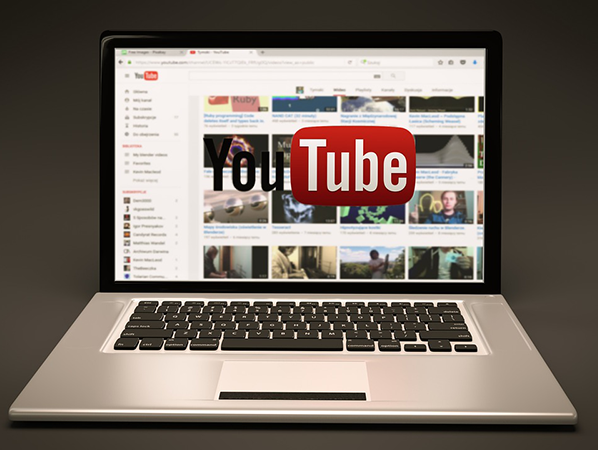- Learn the basics of how artificial intelligence works
These are the activities for this lesson:
HOW DOES AI WORK?
Earlier, you learned how artificial intelligence is being used in different areas to make an extraordinary impact on our daily lives. Let’s go a little deeper into what it is and how it works.
True artificial intelligence is not quite here yet. There doesn’t yet exist a system that completely thinks and acts like a human. When we think of AI in our everyday lives, we are really thinking about machine learning.
When we talk about AI in this curriculum, we’ll really be talking about two subsets of Artificial Intelligence, Machine Learning and Generative AI.
What are they?

Machine Learning
is a subset of AI where a machine (computer) "learns" to identify patterns so it can make predictions.
That's how Youtube can predict the next video you might like to watch, or Facebook can identify your face in an image.

Generative AI
can generate text, images, and sounds. It uses Large Language Models to be able to create content based on lots and lots of existing data.
ChatGPT and DALL-E are current popular examples of generative AI.
Let’s dive deeper into Machine Learning.
MACHINE LEARNING HAS THREE MAIN PARTS
DATASET
FINDS PATTERNS WITH LEARNING ALGORITHM
PREDICTION!
Source: “Learning about Artificial Intelligence: A hub of MIT resources for K-12 students”, MIT Media Lab
DATASETS
- AI needs a LOT of data to learn from. AI uses a dataset, which is just a very large set of data! In today’s world, computers can access more data than ever before. That’s one reason AI has made such huge advances in the past few years.
AI:
- learns from the data
- and eventually can find patterns on its own
- when it takes in new data
- it can make a prediction
- based on the patterns.
STOP AND DISCUSS
Where does AI get its data? Well, it gets a lot from you and me.
In your household, what sorts of data do you create every day through technology?
- Every Google search
- Words you type into emails
- Every question you ask Alexa/Siri/OK Google
- Connected devices - each time you turn on lights, turn on air conditioning or heat
- Taps you make on your cell phone
- Anything you purchase online
- Who you are connected to on social media
- Songs you listen to
- Steps you take

AN EXAMPLE
Let’s step through how Google Maps uses AI to give you directions to where you want to go. Hover over each box to reveal how Google Maps addresses each part.
DATASET
DATASET
- current location
- destination
- mode (walk, car, public transport)
- traffic
FINDS PATTERNS
FINDS PATTERNS
MAKES PREDICTION
MAKES PREDICTION
STOP AND DISCUSS
Now you try it!
Step through the process with Youtube.
- What is the dataset?
- How does Youtube learn?
- What does it predict?

ACTIVITY: AI IN ACTION
Explore some of the websites below to get a taste of what AI can do.
- Could you take the concept in front of you and apply it in a different context?
- What sort of data do you think is needed to make these applications work?
AutoDraw - takes your doodling and predicts what it is you’re trying to draw, very quickly!
X Degrees of separation - takes two art pieces and shows us a bridge of similar artworks that connects the two together.
REFLECTION
Now that you have a glimpse of what it takes to create artificial intelligence, you might want to think about the problem you are solving, and how AI might be useful.

REVIEW OF KEY TERMS
- Artificial Intelligence (AI) – machines/programming that can do tasks normally thought to be done only by humans
- Machine Learning – the subset of AI where a technology is trained with data and “learns” to recognize patterns in order to make predictions
- Generative AI – technology that has the ability to create content like text, images, and and sound
- Large Language Model – an AI model that predicts and generates text, trained using enormous amounts of data
- Datasets – information that is used to teach AI to recognize patterns and predict something
ADDITIONAL RESOURCES
Want to explore some more cool AI?

